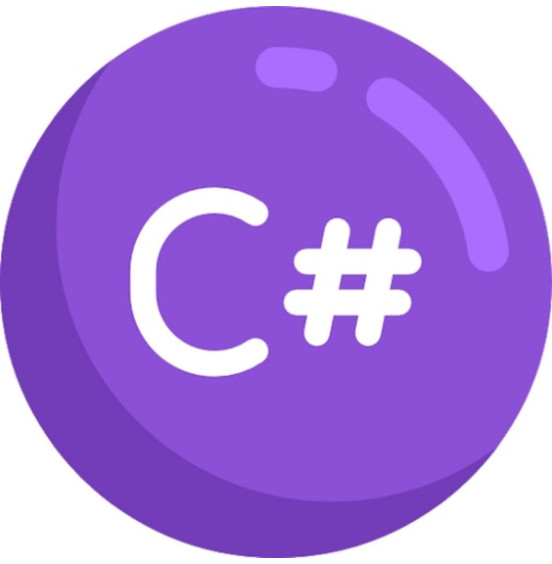

| In
this course you will learn how to program in C++ under Unreal Engine. We will start with the basics of C++ in Unreal Engine and go through the architecture of the framework in detail. We will consider the whole base that is necessary to bring your own ideas to life in Unreal Engine. The main project of the course is the third-person shooter ShootThemUp, which we will develop sequentially, diving into the various subsystems and details of the engine. Together we will cover all the key concepts and write a lot of C++ code. Each section of the course will have homework assignments and quizzes to reinforce the material covered. At the end of each chapter we will be refactoring, improving the quality and cleanliness of our code, and packaging the game. By the end of the course we will have a full-fledged game, our knowledge will be replenished with everything necessary for comfortable use of C++ in Unreal Engine, and our understanding of the engine will be on a completely different level. In the future you will be able to develop the acquired skills in the direction you are interested in, create games and realize all the ideas yourself. Unreal Engine is in demand in various modern industries: games, mobile applications, simulators, education, architecture, design, VR/AR/XR, movie production. Knowledge of C++ will increase your competitiveness in the market by an order of magnitude. Using C++, you can realize absolutely any idea. You are not limited in your possibilities - you create these possibilities yourself. Who this course is for: Beginner and intermediate level Unreal Engine developers Blueprint programmers who want to learn how to develop in C++ Developers for other engines (Unity3D, CryEngine, Godot, etc.) who want to learn Unreal Engine If you have zero programming experience, the course may seem difficult. I recommend starting with the basics of C++ What you will learn C++ programming for Unreal Engine Unreal Engine architecture AI: behavior trees, shuffles, decorators, services, EQS UMG: programming user interfaces VFX: creating Niagara special effects Animation programming Writing clean code Basic refactoring techniques Sound effects management Building a game Course content 14 sections - 159 lectures - Total duration 22 h 10 min
|